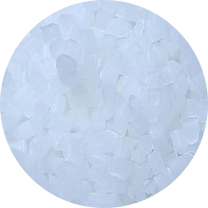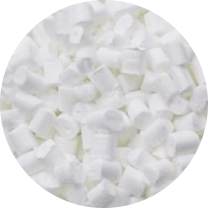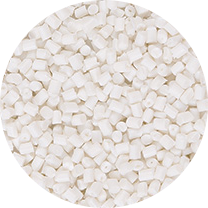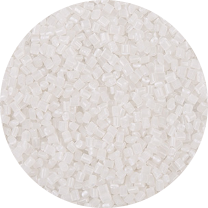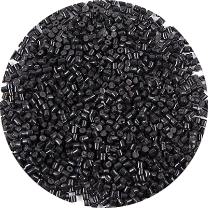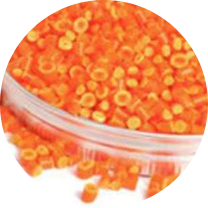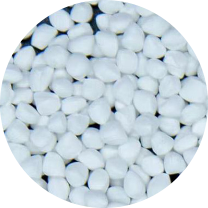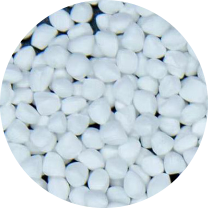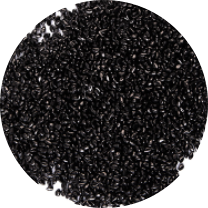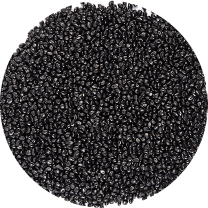Functional Property Masterbatch Manufacturers
Product Category
Get in Touch With Us
Who Are We?
Changzhou Runyi New Material Technology Co., Ltd.
News
-
Engineered Longevity: Carbon Black Masterbatch UV Stabi...
In applications demanding extended outdoor performance—such as pipes, geosynthetics, and agricultural films—the stability of the polymer matrix against photo-ox...
READ MORE -
Precision Pigmentation: Mastering the FPV and Dispersio...
For processors involved in manufacturing thin-gauge films, fine fibers, or sophisticated injection molded components, the performance of the Carbon Black Master...
READ MORE -
MFR Matching Principle: Optimizing White Masterbatch an...
In the realm of polymer processing, achieving consistent color dispersion and flawless product quality is a fundamental objective. The use of White Masterbatch ...
READ MORE -
Achieving Flawless Quality: An Engineer's Guide to TiO2...
Introduction: The Business Case for Perfect Dispersion For B2B manufacturers in the plastics industry, the quality of the finished product is the ultimate measu...
READ MORE
Functional Masterbatch Industry Knowledge Extension
The key role of functional masterbatch in plastic modification: analysis of enhancement, flame retardancy and conductivity
The key role of functional masterbatch in plastic modification is mainly reflected in the improvement of enhancement, flame retardancy and conductivity. The realization of these functions depends on the composite design and optimization process of functional additives and carrier resins.
1. Enhancement function
Reinforced masterbatch significantly improves the mechanical properties of plastic products, such as tensile strength, compressive strength and wear resistance, by adding fillers such as glass fiber and carbon fiber. For example, glass fiber reinforced masterbatch can improve the rigidity and toughness of plastics, making it suitable for fields requiring high-strength materials such as automotive parts and electronic housings. In addition, reinforced masterbatch can also improve the dimensional stability and heat resistance of plastics, thereby meeting higher requirements for application scenarios.
2. Flame retardant function
Flame retardant masterbatch improves the fire resistance of plastic products by adding flame retardants (such as bromine and phosphorus compounds). Flame retardant masterbatch can effectively slow down the spread of flames and even self-extinguish at high temperatures, thereby improving the safety of products. For example, in the manufacture of wires and cables, the application of flame-retardant masterbatches can significantly improve the fire resistance of cables and ensure the safety of power transmission. At the same time, with the strengthening of environmental protection regulations, halogen-free flame-retardant masterbatches have gradually become mainstream. This type of masterbatch not only meets the flame retardant requirements, but also reduces the release of toxic gases, which meets the requirements of sustainable development.
3. Conductive function
Conductive masterbatches achieve the conductive properties of plastics by mixing conductive fillers (such as carbon black and metal fibers). This functional masterbatch is widely used in electronics, aerospace and other fields to manufacture conductive packaging materials, anti-static equipment, etc. For example, the conductive functional masterbatch developed by DIC not only improves the conductive properties of plastics by uniformly mixing conductive materials, but also maintains other flame retardant properties, making it widely used in industrial equipment and electronic products.
4. Advantages of functional masterbatches
Functional masterbatches have significant advantages over traditional modifiers:
Cost-effectiveness: Through high concentration and high dispersion, functional masterbatches can replace traditional inefficient additives at a lower cost.
Processing efficiency: The uniform dispersion of functional masterbatches improves the molding efficiency of plastic products and reduces waste in the production process.
Environmentally friendly: New environmentally friendly functional masterbatches (such as halogen-free flame retardant masterbatches) meet the requirements of green manufacturing and reduce pollution to the environment.
5. Application areas
The application range of functional masterbatches is very wide, including but not limited to the following areas:
Construction and decoration: used to improve the fire resistance and mechanical strength of building materials.
Electronic appliances: used to manufacture conductive, antistatic and flame retardant electronic components.
Automotive industry: used to improve the durability and safety of automotive parts.
Packaging industry: used to improve the barrier, weather resistance and antibacterial properties of packaging materials.


 English
English 中文简体
中文简体 한국어
한국어 عربى
عربى